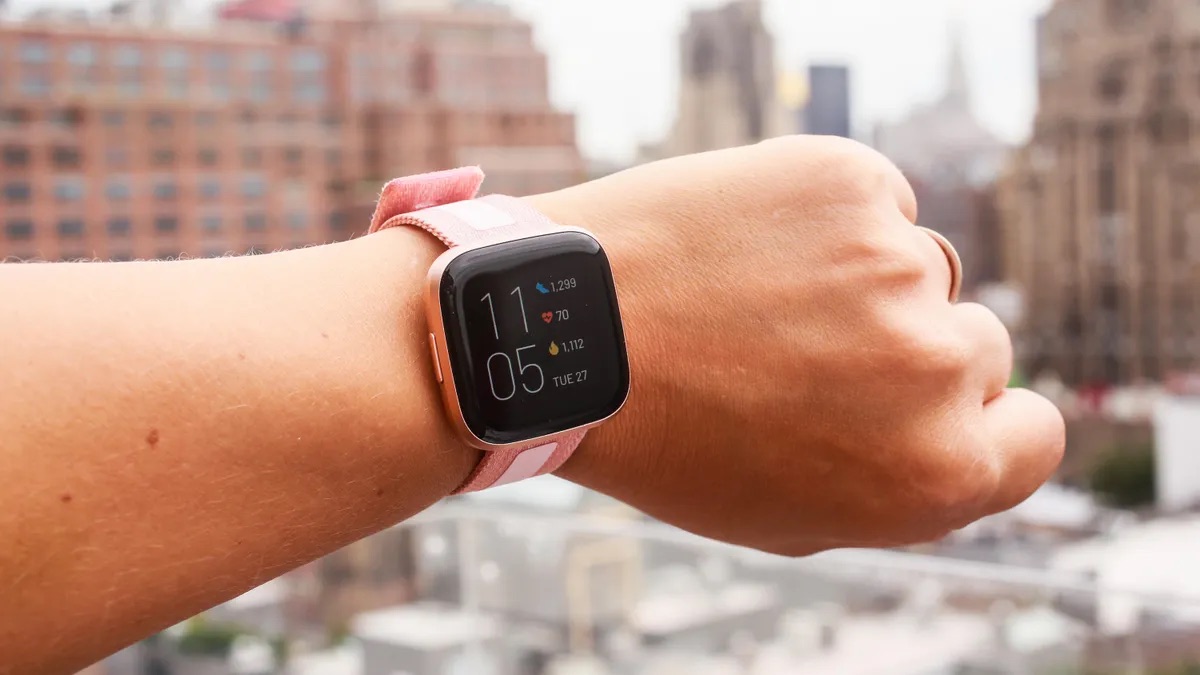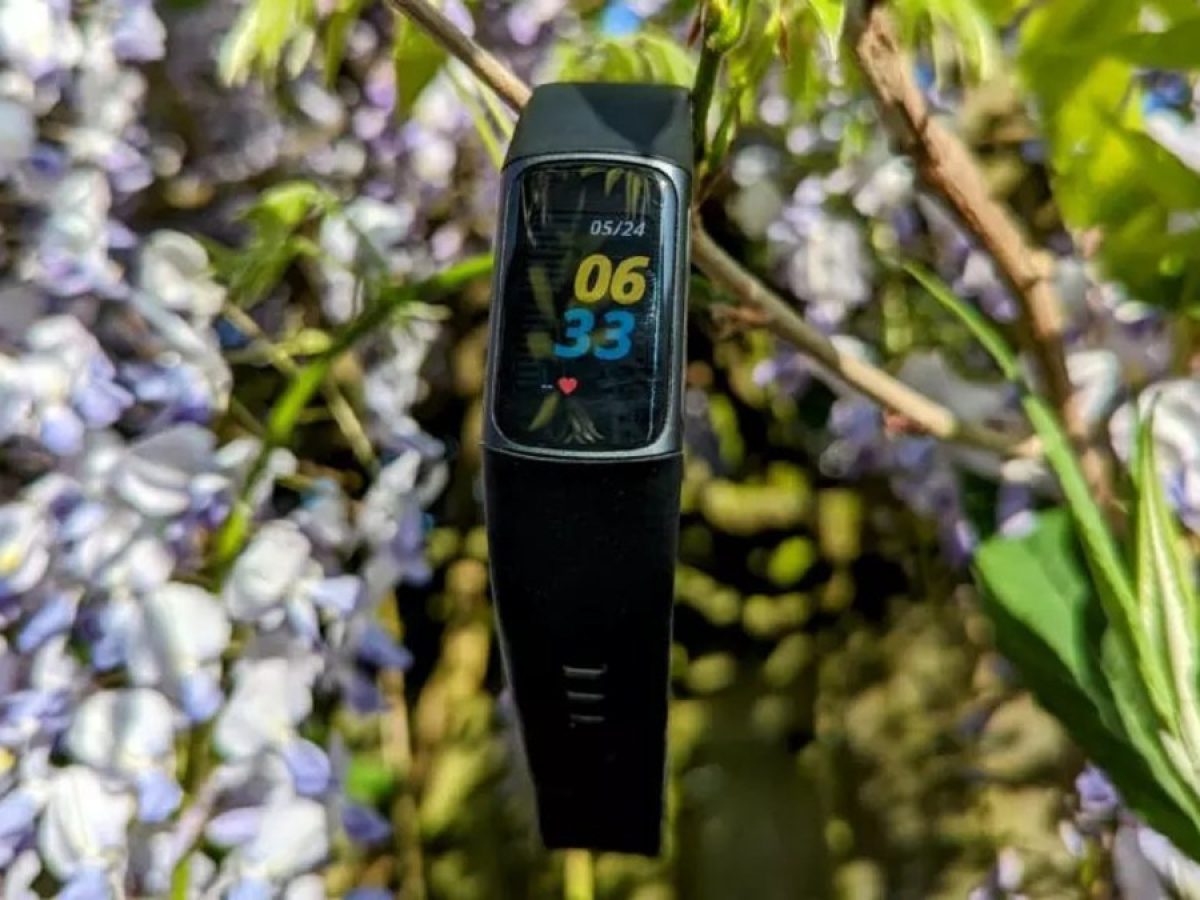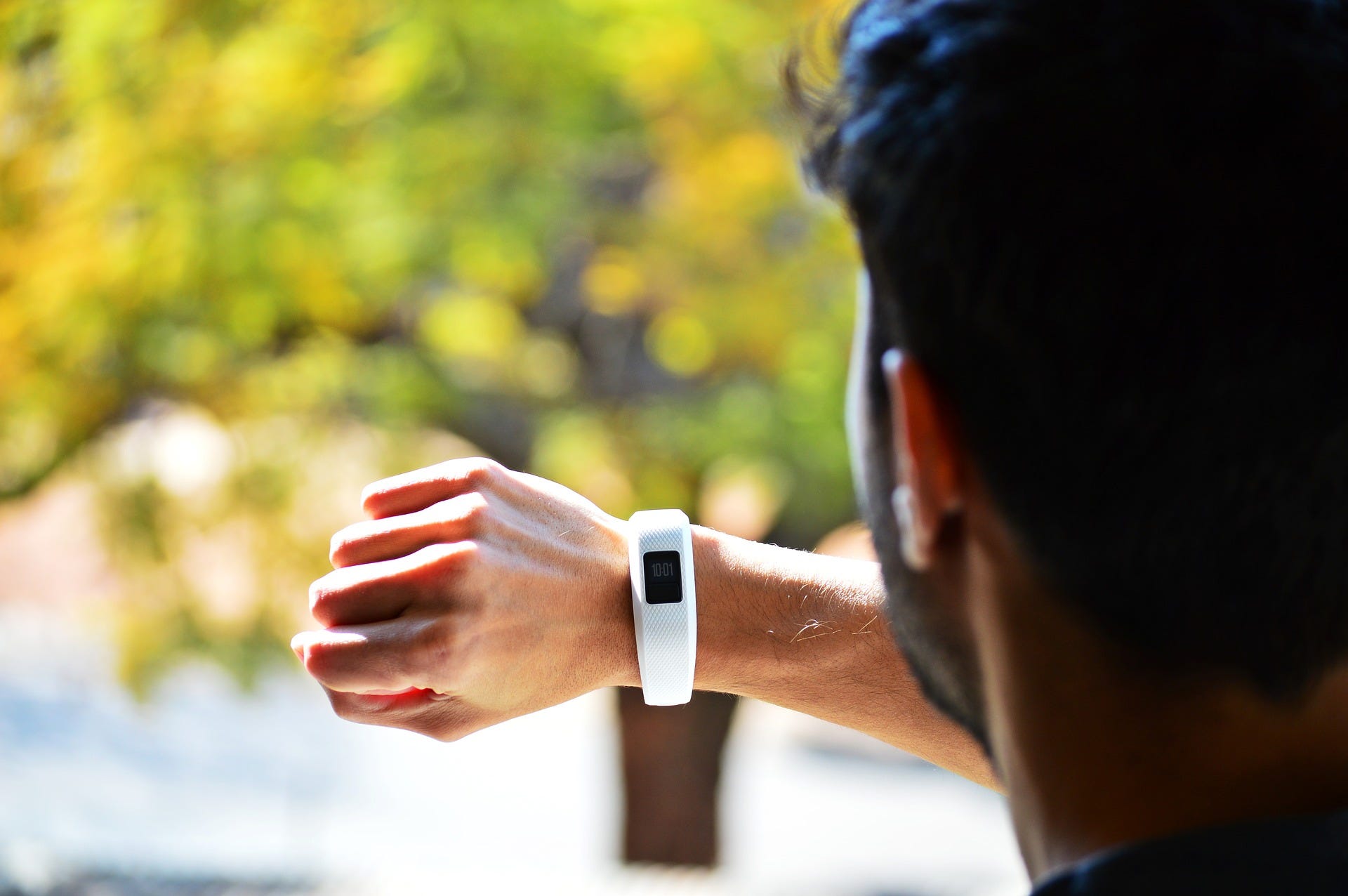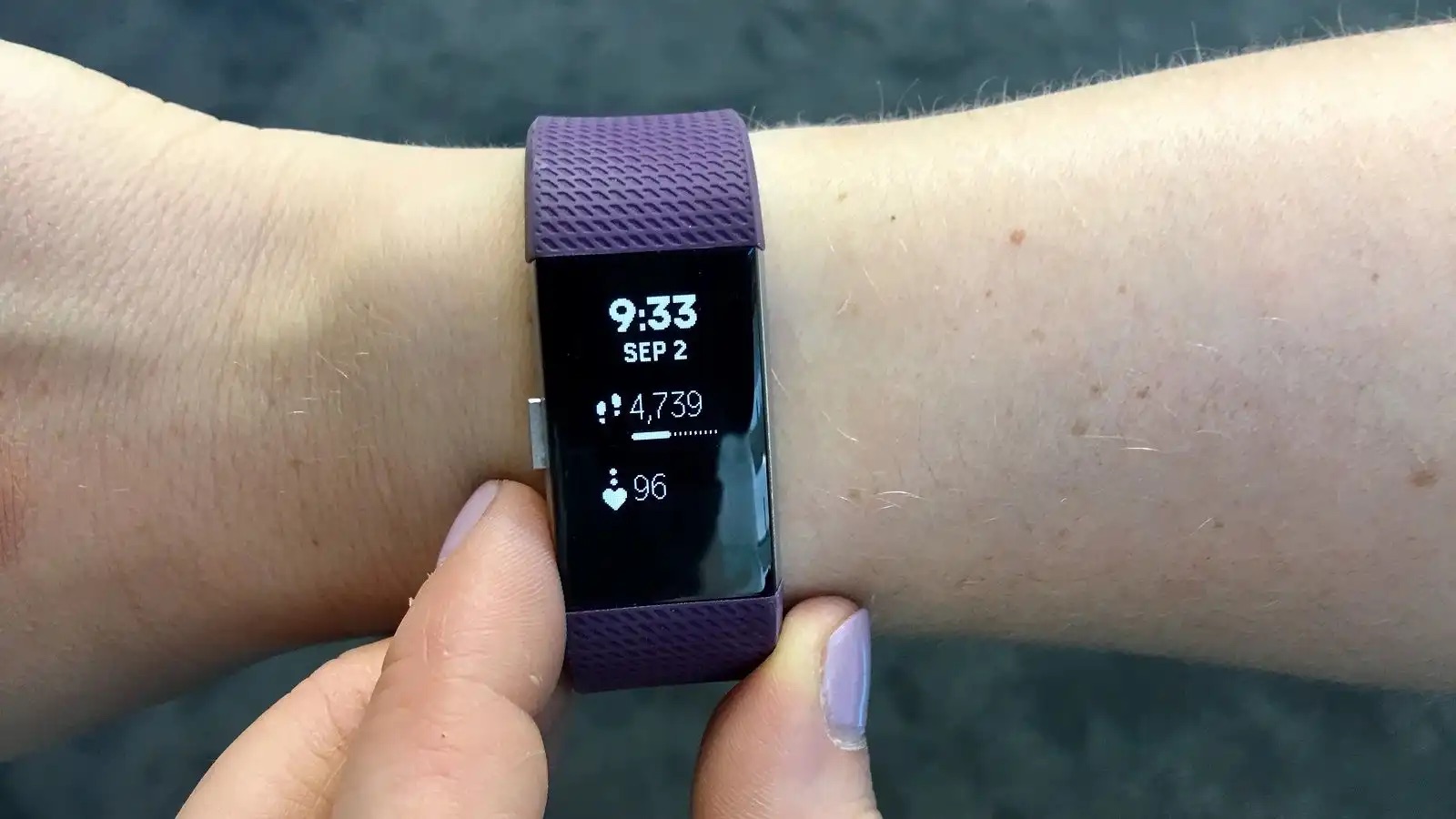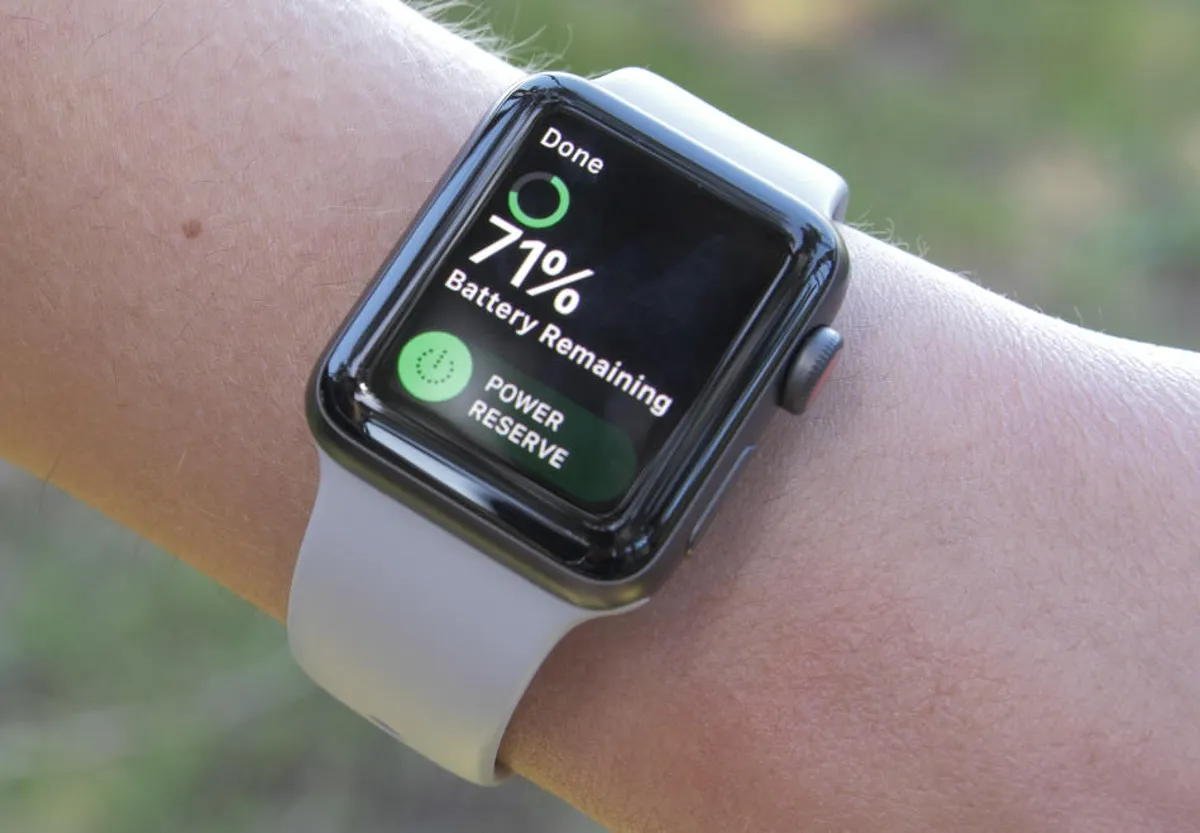How Fitbit Tracks Steps
Fitbit, a leading name in the wearable technology industry, utilizes advanced mechanisms to accurately track steps. Understanding how Fitbit accomplishes this can provide valuable insights into the reliability of its step counting feature.
Fitbit primarily employs a 3-axis accelerometer to detect motion and measure the acceleration of the body. This sophisticated sensor is capable of capturing movements in multiple directions, allowing for precise step tracking. As you move, the accelerometer registers the acceleration caused by your body's motion and uses this data to determine when a step is taken.
Moreover, Fitbit devices utilize algorithms to analyze the data collected by the accelerometer. These algorithms are designed to distinguish between different types of motion, such as walking, running, or other activities, to ensure that only valid steps are counted. By filtering out non-step movements, Fitbit can provide users with an accurate representation of their physical activity throughout the day.
In addition to step counting, Fitbit devices also incorporate altimeters to measure changes in elevation. This elevation data is factored into the overall activity tracking, offering a more comprehensive view of the user's movements and exertion levels.
By combining the capabilities of accelerometers and altimeters with intelligent algorithms, Fitbit creates a robust system for tracking steps and capturing a holistic picture of the user's daily activity. This multifaceted approach enhances the accuracy and reliability of step counting, empowering users to monitor their progress and stay motivated to achieve their fitness goals.
In essence, the fusion of advanced sensor technology and intelligent algorithms enables Fitbit to track steps with remarkable precision, providing users with valuable insights into their physical activity and encouraging a more active and healthy lifestyle.
Understanding the Role of Accelerometers
Accelerometers play a pivotal role in the functionality of Fitbit devices, serving as the cornerstone of step tracking accuracy. These sophisticated sensors are designed to detect and measure the acceleration of the body in multiple directions, enabling the precise determination of when a step is taken.
The 3-axis accelerometer utilized by Fitbit is instrumental in capturing a wide range of movements, allowing for comprehensive activity tracking. By measuring the acceleration caused by the user's physical motion, the accelerometer can discern the subtle variations in movement associated with walking, running, or engaging in other physical activities.
One of the key strengths of accelerometers lies in their ability to detect motion in three dimensions. This capability enables Fitbit devices to accurately capture movements in various planes, ensuring that steps are counted with exceptional precision regardless of the user's orientation or posture. Whether walking, climbing stairs, or engaging in dynamic exercises, the accelerometer diligently registers the body's acceleration and translates it into meaningful step count data.
Furthermore, the accelerometer's sensitivity to even the slightest movements allows Fitbit to differentiate between purposeful steps and incidental motions. This level of discernment is crucial in filtering out non-step activities, such as hand movements or other gestures, to provide users with an accurate representation of their physical exertion.
In essence, the role of accelerometers in Fitbit devices extends beyond mere motion detection; they serve as the foundation for reliable and insightful step tracking. By leveraging the capabilities of these advanced sensors, Fitbit empowers users to gain a comprehensive understanding of their daily activity levels, fostering a deeper awareness of their physical well-being and encouraging a more active lifestyle.
The integration of accelerometers into Fitbit's ecosystem exemplifies the brand's commitment to leveraging cutting-edge technology to deliver meaningful fitness insights. This emphasis on precision and accuracy underscores Fitbit's dedication to providing users with a reliable platform for monitoring their progress and achieving their fitness aspirations.
The Impact of Stride Length and Cadence
Stride length and cadence play a crucial role in the accuracy of step tracking, exerting a significant impact on the overall interpretation of physical activity data by Fitbit devices. Understanding how these factors influence step counting can provide valuable insights into optimizing the accuracy and reliability of fitness tracking.
Stride Length:
The stride length, defined as the distance covered when taking a step, directly influences the interpretation of motion data by Fitbit's accelerometers. Individuals with longer strides may cover more ground with each step, while those with shorter strides may require more steps to traverse the same distance. Fitbit's algorithms take into account the user's stride length to convert motion data into step counts accurately.
Moreover, the stride length can vary depending on the type of physical activity. For instance, during walking, individuals typically have a moderate stride length, whereas during running, the stride length tends to increase. Fitbit's intelligent algorithms are designed to adapt to these variations, ensuring that step counts accurately reflect the user's activity intensity and distance covered.
Cadence:
Cadence, often referred to as step rate, signifies the number of steps taken per minute. It is a critical metric that influences the overall assessment of physical activity. Fitbit devices utilize cadence data to gauge the frequency of steps, providing valuable insights into the user's movement patterns and activity levels.
By analyzing cadence, Fitbit can differentiate between walking and running, as these activities are characterized by distinct cadence ranges. This differentiation is pivotal in ensuring that step counts accurately align with the user's actual physical exertion. Furthermore, cadence data contributes to the comprehensive portrayal of the user's activity, offering nuanced insights into their exercise intensity and endurance.
Optimization:
Understanding the impact of stride length and cadence empowers users to optimize their step tracking accuracy. By calibrating their Fitbit devices with personalized stride length and cadence data, individuals can enhance the precision of step counting, thereby obtaining a more accurate representation of their physical activity.
Moreover, being mindful of stride length and cadence variations during different activities can aid users in interpreting their fitness data more effectively. By recognizing the influence of these factors on step counting, individuals can gain a deeper understanding of their activity levels and make informed adjustments to their exercise routines.
In essence, the interplay between stride length and cadence significantly shapes the reliability and accuracy of step tracking on Fitbit devices. By acknowledging and leveraging these influential factors, users can harness the full potential of their wearable technology, gaining valuable insights into their physical activity and progress towards their fitness goals.
Factors that Can Affect Step Count Accuracy
Several factors can influence the accuracy of step counting on wearable devices such as Fitbit. Understanding these variables is essential for users to gain insights into the reliability of their fitness tracking and make informed adjustments to optimize accuracy. Here are the key factors that can impact step count accuracy:
1. Wrist Placement:
The placement of the wearable device on the wrist can significantly affect step count accuracy. Wearing the device loosely or inconsistently on the wrist can lead to erratic motion detection, potentially resulting in inaccurate step counts. It is essential to ensure a secure and snug fit to maintain optimal sensor contact and minimize the risk of misinterpretation of movements.
2. Intensity of Movement:
The intensity and vigor of physical movements can influence step count accuracy. Sudden, jerky motions or irregular movement patterns may challenge the device's ability to discern actual steps from incidental gestures. Engaging in activities with consistent and deliberate movements can enhance the reliability of step tracking, providing a more accurate representation of physical exertion.
3. Environmental Factors:
Environmental conditions, such as terrain and weather, can impact step count accuracy. Walking or running on uneven surfaces or encountering abrupt changes in elevation may introduce variations in motion data interpretation. Additionally, factors like extreme temperatures or humidity levels can affect sensor performance, potentially influencing the precision of step counting.
4. User Behavior and Habits:
Individual behavioral patterns and habits can also play a role in step count accuracy. For instance, gesturing or hand movements unrelated to walking or running may inadvertently register as steps, leading to inflated step counts. Being mindful of conscious movements and ensuring that the device primarily captures purposeful steps can contribute to improved accuracy.
5. Device Calibration and Updates:
Regular calibration of the wearable device and staying updated with the latest firmware and software releases are crucial for optimizing step count accuracy. Calibration allows users to input personalized stride length and cadence data, aligning the device's tracking capabilities with individual gait characteristics. Additionally, software updates often include refinements to motion algorithms, enhancing the device's ability to discern genuine steps from non-step activities.
6. User Variability:
Individual variations in gait, posture, and movement patterns can pose challenges to step count accuracy. Factors such as walking speed, stride asymmetry, and posture adjustments may introduce complexities in motion interpretation. Recognizing these inherent variabilities and adjusting expectations based on personal movement patterns can foster a more nuanced understanding of step count data.
In summary, an array of factors, including wearable placement, movement intensity, environmental conditions, user behavior, device calibration, and individual variability, can collectively influence the accuracy of step counting on Fitbit devices. By acknowledging and addressing these variables, users can enhance the reliability of their fitness tracking, gaining a more precise depiction of their physical activity and progress towards their wellness objectives.
Tips for Maximizing Step Tracking Accuracy
-
Optimize Wrist Placement: Ensure that your Fitbit device is securely positioned on your wrist to maintain consistent sensor contact. A snug and stable fit can minimize erratic motion detection, enhancing the accuracy of step counting.
-
Prioritize Purposeful Movements: Focus on deliberate and consistent movements during physical activities. By minimizing abrupt or irregular motions, you can help the device discern genuine steps from incidental gestures, leading to more precise step tracking.
-
Calibrate Personalized Settings: Take advantage of the device's calibration feature to input your personalized stride length and cadence data. This customization aligns the device's tracking capabilities with your individual gait characteristics, optimizing step count accuracy.
-
Stay Updated with Firmware Releases: Regularly update your Fitbit device to benefit from the latest firmware and software enhancements. These updates often include refinements to motion algorithms, improving the device's ability to differentiate between purposeful steps and non-step activities.
-
Mindful Environmental Considerations: Be cognizant of environmental factors that may impact step count accuracy. Walking or running on uneven terrain or in extreme weather conditions can introduce variations in motion data interpretation. Strive to maintain consistent tracking conditions whenever possible.
-
Consistency in Wearable Usage: Wear your Fitbit device consistently and securely to ensure continuous and reliable motion detection. Consistent usage habits can contribute to stable sensor contact, minimizing the risk of inaccurate step counts due to inconsistent wearable placement.
-
Leverage Multiple Activity Tracking: Explore the capabilities of your Fitbit device to track various activities beyond walking and running. Engaging in diverse exercises and physical activities can provide a comprehensive overview of your overall movement patterns and exertion levels.
-
Regularly Review Activity Data: Take advantage of Fitbit's data insights to review your activity patterns and step counts regularly. By monitoring your progress and identifying any discrepancies, you can make informed adjustments to optimize step tracking accuracy.
By implementing these tips, you can maximize the accuracy of step tracking on your Fitbit device, gaining a more reliable representation of your physical activity and progress towards your fitness goals.








